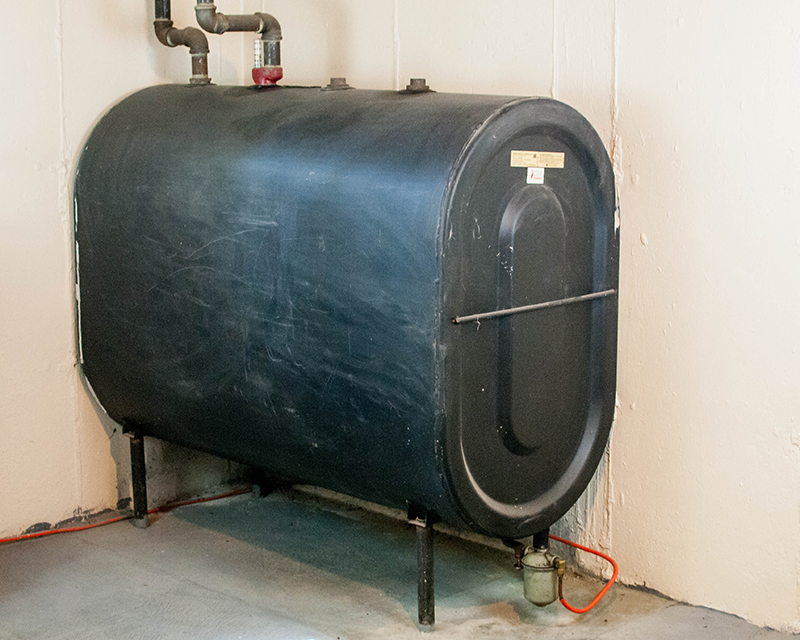The majority of homeowners don’t think about the condition of their homes’ oil tanks, yet the tanks play a vital function in ensuring safety and comfort of the home. The replacement of oil tanks is a crucial investment for homeowners as it directly impacts infrastructure and the security of the home.
The residential oil tanks are the unrecognized heroes of the home. They provide fuel for heating and hot water systems. Over time, corrosion can be present, leading to leaks and other environmental dangers. It is vital for homeowners to check the condition of their tanks, and to prioritize replacement as needed. Proactive oil tank replacement is not only a matter of money It is a vital step to prevent environmental contamination, protect the property, and ensure a constant fuel supply for heating. For more information, click oil tank replacement near me

Costs are a crucial factor to think about
Costs for replacing oil tanks are a major concern for homeowners. The total cost may fluctuate depending on various factors like the size of the tank, installation complexity, and any additional conditions for environmental compliance. It is crucial to budget effectively by obtaining exact estimates from trusted oil tanks service suppliers. It’s a significant initial investment but it’s essential to ensure the security and performance.
Factors Influencing Replacement Costs
The expense of replacing an oil tank can be affected by many factors. The size and the type of tank, the accessibility to the location of installation and environmental remediation requirements and the compliance with safety and building codes are all elements. Homeowners should be aware of labor and material costs, in addition to any future upgrades required. Understanding these elements helps homeowners make informed choices about the costs of replacing.
Prioritizing Environmental and Safety Considerations
The replacement of storage tanks for oil is mostly motivated by safety and environmental concerns. Tanks that are aging and corrosion-prone may leak and pose the risk of contamination to groundwater and soil. Replacing deteriorating tanks mitigates the risk of environmental damage, and protects the surroundings and property. In addition, adhering to strict safety guidelines when installing new tanks prevents accidents and ensures household well-being.
Picking a dependable service provider
It is important to select a service provider that has an excellent track record for the replacement of oil tanks. This will ensure that the process is smooth and in compliance. The homeowner should choose certified professionals with experience with oil tank removal and installation. Ideal is a provider that has a history for oil tank replacements and is dedicated to environmental and safety. Trustworthy professionals ensure that any replacement requirements for oil tanks are met with professionalism and honesty.
Long-Term Costs are Outweighed by Benefits
While the cost for replacing oil tanks may initially appear costly, the long-term benefits are invaluable. Replacement of old tanks helps homeowners avoid costly remediation of the environment as well as property damages caused by leaks. New tank installation offers improved security and efficiency, bringing you peace of mind. Replacement of the oil tank is a smart and effective way to safeguard homes, encourage sustainable development and the long-term security of your home.
In the end, oil tank replacement isn’t just a financial investment, but a crucial step for homeowners to ensure safety, functional, and sustainability of their homes. When they understand the importance of replacement, assessing associated costs, and prioritizing safety and environmental considerations, homeowners can make informed choices. Homeowners can ensure their homes are safe by proactively maintaining their homes and replacing older materials in a responsible manner. This can contribute to a more sustainable and safe living environment.